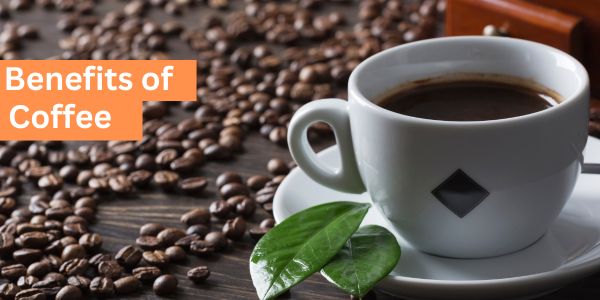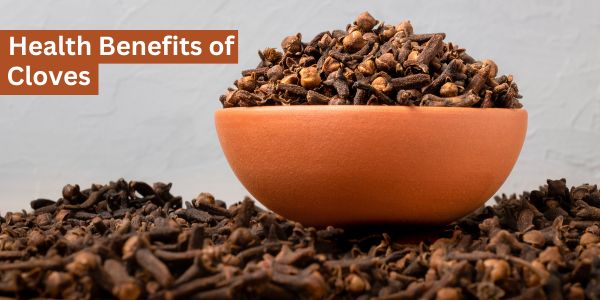Introduction
Did you ever experience gallstone pain? If you have, you know it’s not just a minor discomfort, it’s a sudden, sharp, and excruciating agony that strikes without warning. This intense pain can start in the center of your abdomen, just under your right ribs, and radiate all the way up to your shoulders. And just when you thought kidney stones were the ultimate pain-inducing culprits, gallstones enter the chat!
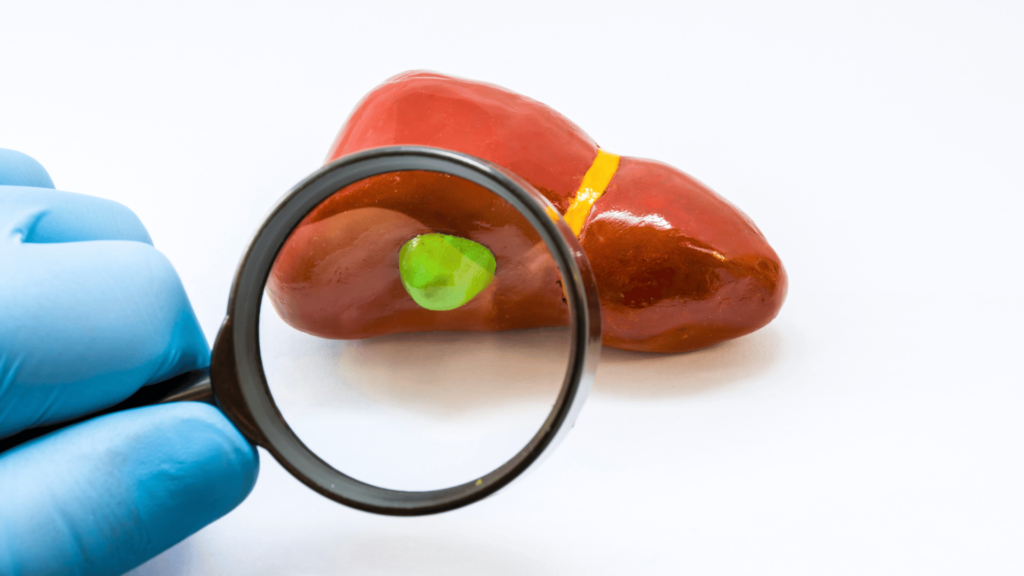
Despite its small, four-inch, pear-shaped form, your gallbladder can wreak havoc on your health when it’s not functioning properly. Gallstones are one of the most common issues, but they’re not the only ones.
In today’s writeup, we’ll dive deep into gallbladder troubles, what they are, how to prevent them, and how they can affect your health. What exactly is biliary colic? Can you really prevent gallstones from forming? Is there an unexpected connection between weight loss and gallstone formation? Stick around because we’re covering all this and more!
Understanding Your Gallbladder
Before we break down the problems, let’s get to know the gallbladder a little better.
Tucked right under your liver in the upper right section of your abdomen, the gallbladder is a storage unit for bile, a unique cocktail of fat, fluids, and cholesterol. Sounds odd, right? But this concoction plays a crucial role in digestion.
Why is bile so important? Well, when you eat fatty foods, your gallbladder releases bile into your small intestine. This magical juice helps break down fats, making it easier for your body to absorb fat-soluble vitamins and nutrients. In short, your gallbladder is a silent but essential player in your digestive system.
But like any other organ, the gallbladder isn’t immune to problems. When things go wrong, gallstones are often the first red flag. Let’s explore what these tiny troublemakers are all about.
Gallstones
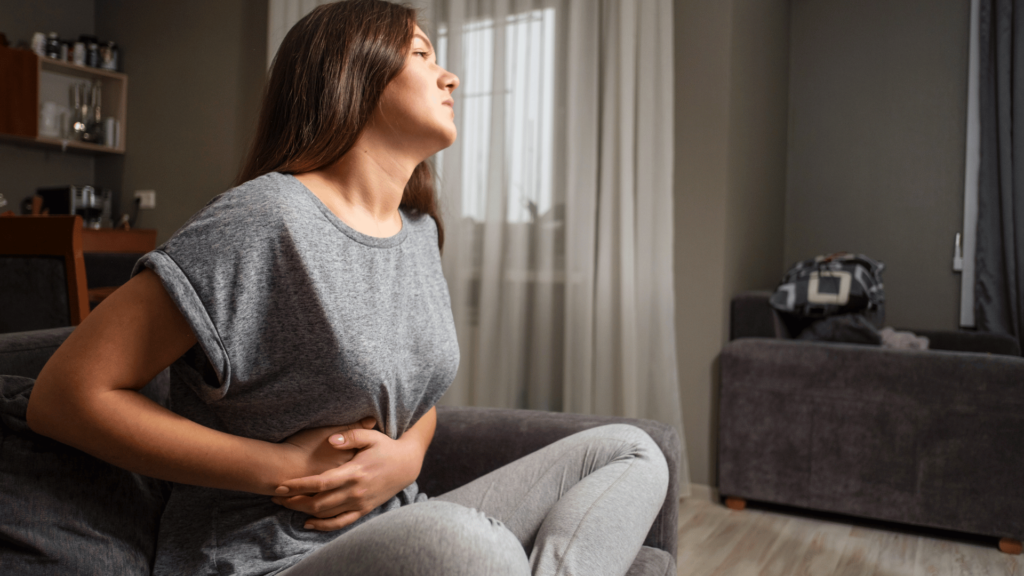
You’d be surprised at how common gallstones are! The only reason we don’t hear about them as much as kidney stones is that they often go unnoticed. In fact, many people live with gallstones without ever experiencing symptoms.
According to the National Institute of Diabetes and Digestive and Kidney Diseases (NIDDK), about 10 to 15% of the U.S. population has gallstones, though many remain asymptomatic.
Also Read: 12 Common Warning Signs Of ADHD You Shouldn’t Ignore
But what exactly are they? Gallstones form when substances in bile, like cholesterol, harden into solid particles. Depending on where these stones settle, they can lead to a host of issues, which we’ll discuss shortly.
Interestingly, not everyone with gallstones will experience pain or discomfort. A study published in The American Journal of Gastroenterology found that only about 10% of people diagnosed with gallstones develop noticeable symptoms over five years. So what happens when symptoms do appear? Let’s find out.
Signs and Symptoms of Gallstones
The telltale sign of gallstones is pain in the upper right abdomen or center of the stomach. This pain often follows a meal rich in fatty foods, think fried chicken, burgers, or buttery popcorn. But don’t be fooled; gallstone pain can strike at any time.
And here’s the kicker: this pain isn’t just a passing discomfort. It’s often severe and can last for hours. If left untreated, gallstones can lead to more serious symptoms like:
- A rapid heartbeat
- Fever and chills
- Diarrhea and digestive issues
- Intense itching
- Loss of appetite and nausea
- Confusion and extreme fatigue
A study published in Gut reported that untreated gallstones could lead to acute cholecystitis, which can cause persistent pain, nausea, and even serious infections.
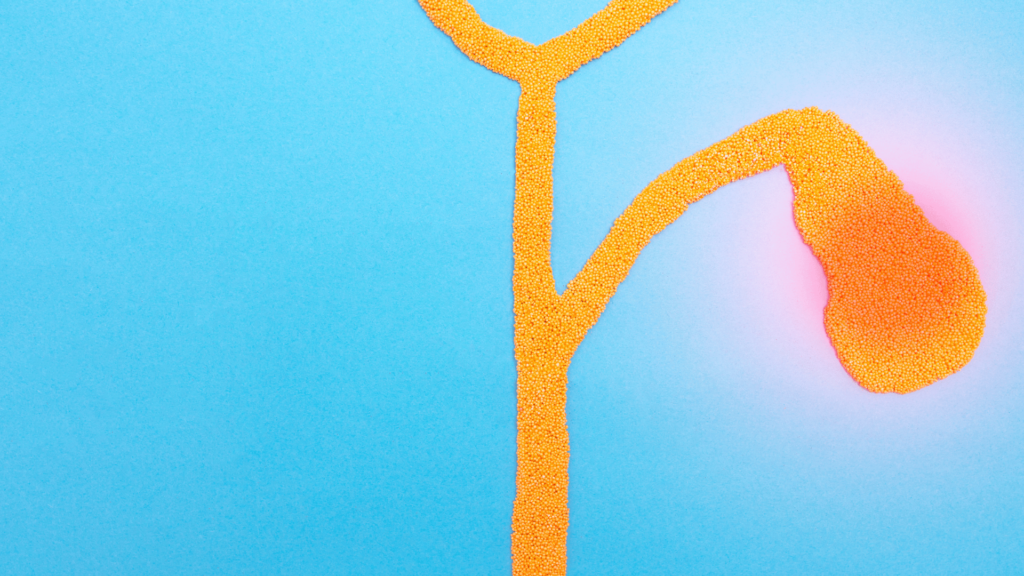
In severe cases, gallstones can cause jaundice, turning the whites of your eyes and your skin yellow. What makes gallstone symptoms even trickier is that they can mimic other conditions like pancreatitis or appendicitis. If you experience any of these symptoms, don’t brush them off, get a medical checkup immediately.
What Causes Gallstones?
While researchers are still debating the exact causes of gallstones, several key factors have been identified. The culprits? Excess cholesterol, too much bilirubin, and concentrated bile due to a sluggish gallbladder.
Here’s a quick breakdown:
- Excess Bilirubin: When red blood cells break down, your liver produces bilirubin, which is usually expelled from the body. However, if your liver is damaged or produces too much bilirubin, your gallbladder may struggle to filter it out, leading to dark-colored stones.
- Too Much Cholesterol: If your liver overproduces cholesterol, your bile may not be able to dissolve it properly, resulting in yellow gallstones. A New England Journal of Medicine study found that people with high LDL cholesterol levels were at an increased risk of developing gallstones.
- Poor Gallbladder Function: If your gallbladder isn’t emptying bile efficiently, the bile becomes thick and concentrated, increasing the risk of stone formation. study in Hepatology revealed that reduced gallbladder motility is a significant risk factor for gallstone development, particularly in individuals with metabolic syndrome.
The Unexpected Link Between Weight Loss and Gallstones
We all know that obesity is a risk factor for gallstones. But here’s the twist: even your hard-earned weight loss efforts could put you at risk! Shocking, right?
Losing weight too quickly, especially through extreme dieting, can trigger gallstone formation. Research published in The Journal of Clinical Endocrinology & Metabolism found that individuals who lost more than 3 pounds per week had a significantly higher risk of developing gallstones compared to those who lost weight gradually. But why?
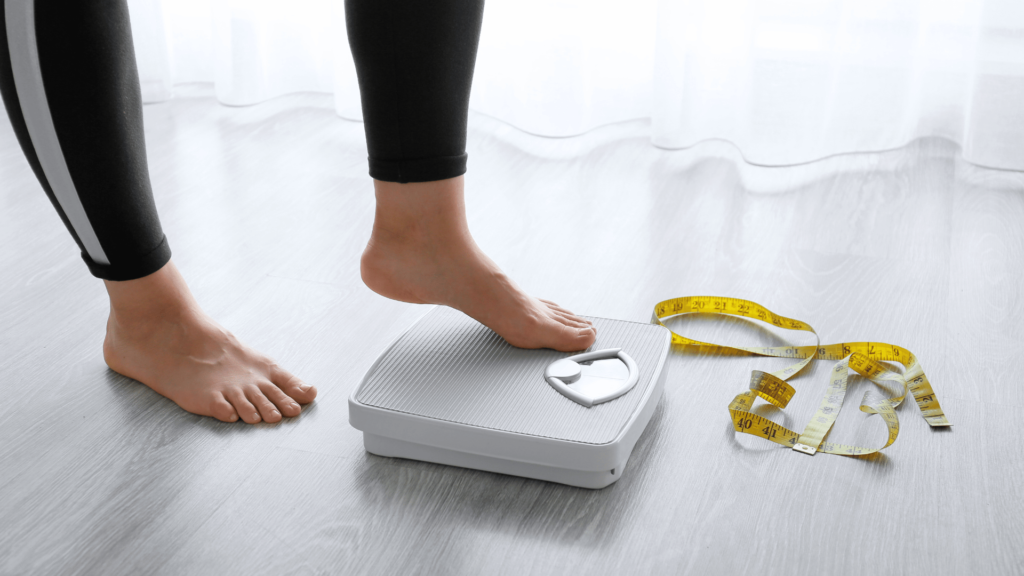
When you drastically cut fat from your diet, your gallbladder doesn’t contract as often as it should. This lack of movement causes bile to stagnate and form stones. People who go long periods without eating are even more at risk because their gallbladders don’t get the signal to release bile.
Strict dieting can also upset the balance of cholesterol and bile salts in your gallbladder, making it easier for stones to develop. So what can you do to prevent this while still achieving your weight loss goals?
How to Lose Weight Without Triggering Gallstones
The key is balance. Here’s how you can safely shed pounds while keeping your gallbladder happy:
- Don’t rush weight loss. Rapid dieting is a no-go. Aim to lose weight gradually, 1 to 2 pounds per week is ideal. A study published in Obesity Research found that moderate, steady weight loss significantly lowers the risk of gallstones.
- Eat a well-rounded diet. Don’t completely cut fat from your meals; instead, focus on healthy fats like those found in avocados, nuts, and olive oil.
- Stay hydrated. Aim for at least 64 ounces of water a day to keep your digestive system running smoothly.
- Keep moving. Exercise for at least 150 minutes per week. Even a brisk walk can do wonders! A study in JAMA Internal Medicine found that regular physical activity reduces gallstone risk by 30%.
- Prioritize sleep. Rest is just as important for weight loss as diet and exercise.
Curious to know how you can lose weight in a safe and sustainable way? The key is making smart swaps, ditch the greasy, high-calorie junk food and replace it with nutritious, whole foods. Cut unnecessary calories without starving yourself, and watch the magic happen!
Also Read: 10 Heart Healthy Foods After Age 50+ You Must Eat!
Other Gallbladder Diseases
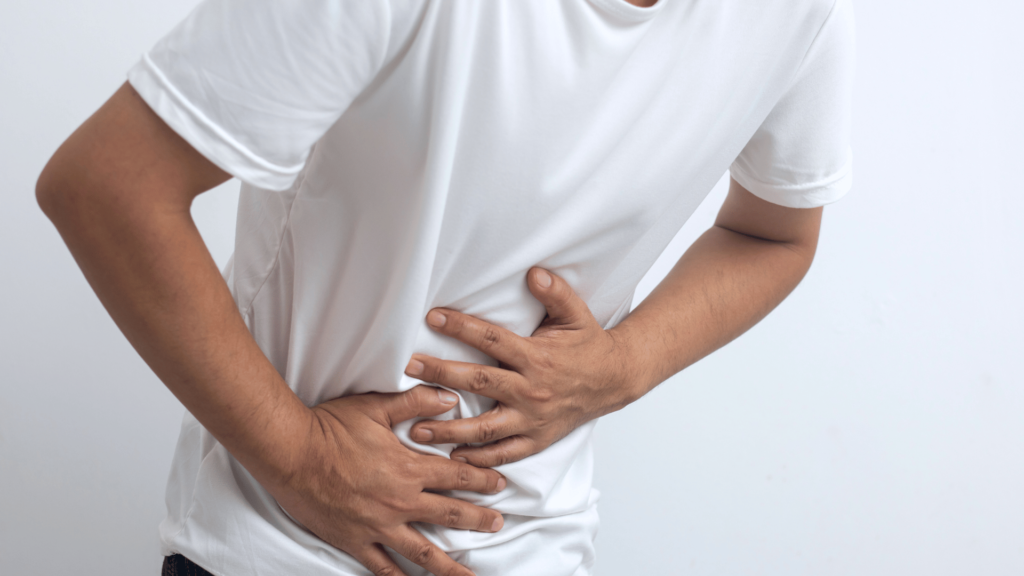
Gallstones may be the most well-known troublemakers, but your gallbladder isn’t off the hook just yet. There are a few other conditions that can cause serious discomfort and health issues. Let’s take a look.
Cholecystitis
First up is cholecystitis, basically, an angry, inflamed gallbladder. This happens when gallstones block the bile ducts, causing bile to back up like a clogged drain. The result? Irritation, swelling, and a whole lot of pain. Symptoms include severe discomfort in the upper right abdomen, nausea, vomiting, fever, and tenderness when you press on your stomach.
According to a study in The Journal of Gastroenterology, approximately 20% of people with symptomatic gallstones develop acute cholecystitis.
If left untreated, cholecystitis can lead to serious complications, think a ruptured gallbladder or an infection that spreads like wildfire through your body. In some cases, surgery might be necessary to remove the gallbladder altogether. Not ideal, but definitely better than the alternative!
Research from The American College of Surgeons found that laparoscopic cholecystectomy is the most effective treatment for severe cases, reducing the risk of complications.
Gallbladder Polyps
Next, we have gallbladder polyps, small growths that form on the inner lining of the gallbladder. The good news? Most of them are completely harmless. The bad news? Some can turn cancerous over time.
If polyps grow beyond a certain size, doctors may recommend gallbladder removal just to be on the safe side. A World Journal of Gastroenterology study revealed that polyps larger than 10 mm have a higher risk of malignancy, making surgical removal a recommended option in such cases. Better safe than sorry, right?
Gallbladder Cancer
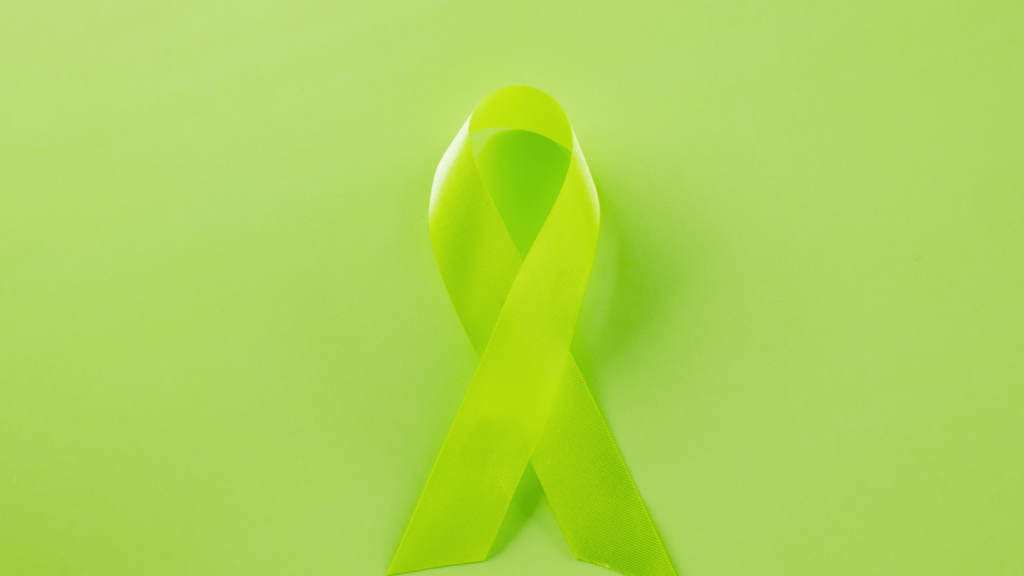
Gallbladder cancer is rare, but when it does strike, it’s often a master of disguise. Since it doesn’t usually cause symptoms in the early stages, it can go unnoticed until it’s already spread.
According to the National Cancer Institute, gallbladder cancer accounts for less than 1% of all cancers worldwide, but it has a high mortality rate due to late diagnosis.
When symptoms do show up, they often include jaundice, unexplained weight loss, belly pain, and nausea. Early detection is tricky, but it’s crucial for better treatment outcomes.
Biliary Dyskinesia
Imagine having all the symptoms of gallstones, pain, nausea, bloating without actually having any stones. That’s biliary dyskinesia for you! This condition occurs when the gallbladder doesn’t contract properly, leading to poor bile flow. A specialized test called a HIDA scan is usually needed to diagnose it.
A study published in Hepatology Research found that patients with biliary dyskinesia who underwent cholecystectomy experienced significant symptom relief in over 80% of cases.
When to See a Doctor
Gallbladder issues are no joke. If you’re experiencing persistent upper abdominal pain, nausea, vomiting, fever, or jaundice, don’t tough it out, see a doctor. Early diagnosis can make all the difference in preventing complications and protecting your health.
Your gallbladder may be small, but it plays a massive role in your digestion. By making simple lifestyle changes, you can keep it running smoothly and avoid potential health scares down the road.



